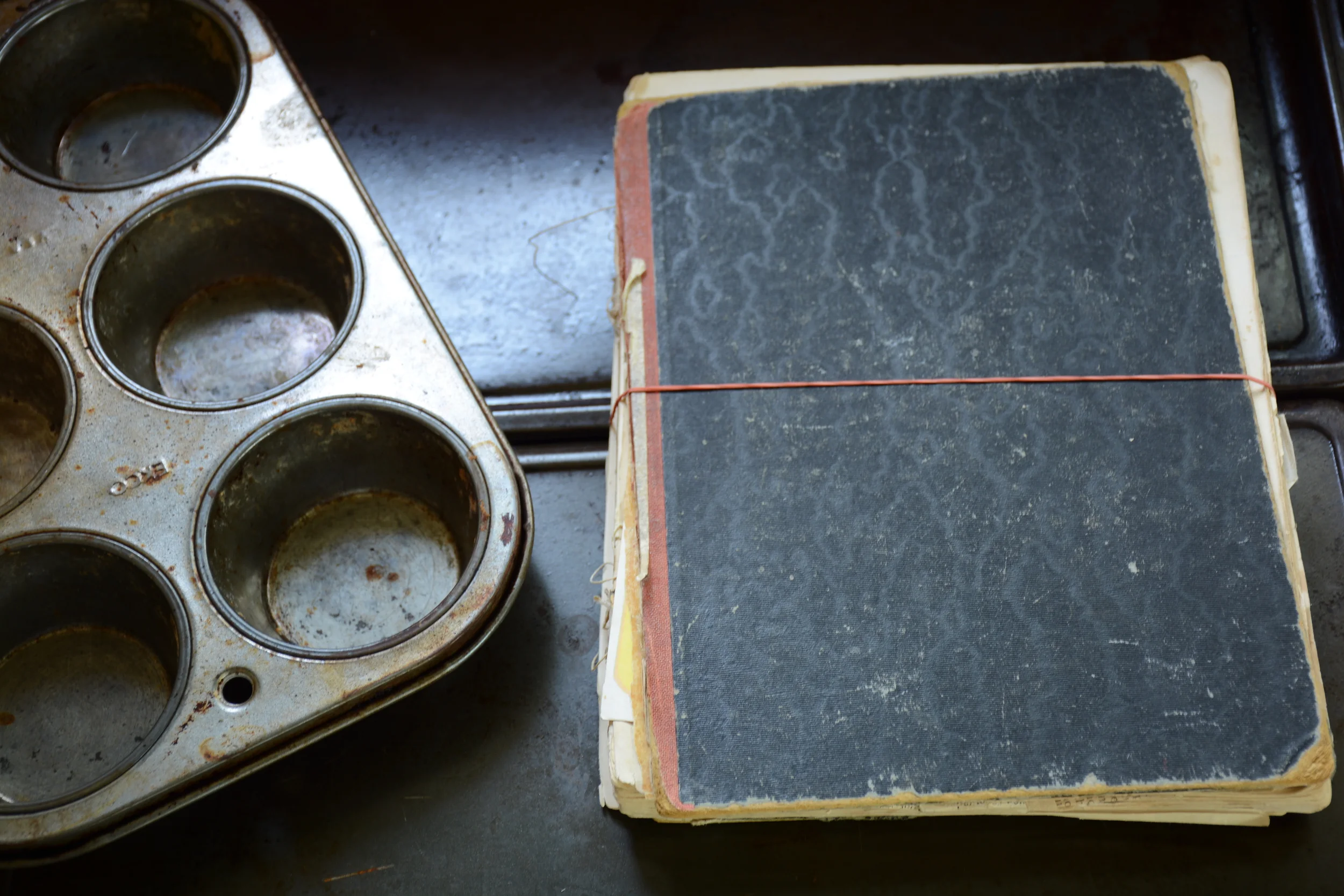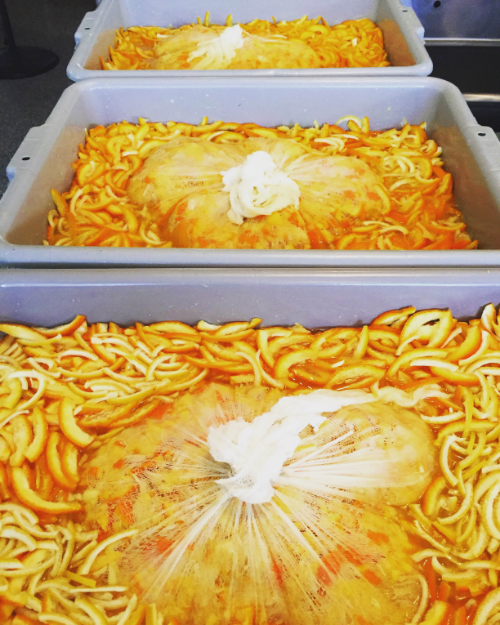How to choose the right marmalade recipe for you?
/There are seemingly countless ways to prepare seville orange marmalade and with the right group of people, this topic could lead to a rather long and heated debate. Some of it comes down to personal preference - do you like a fine, medium or chunky peel, would you prefer a low sugar jam if it means compromising the perfect set? But some of it also comes down to science and what constitutes a perfect marmalade.
Here are some things to consider when looking for the perfect marmalade recipe for you.
1) Choosing your Seville Oranges
If you are lucky enough to live in an area where you can actually choose your Seville Oranges, consider yourself lucky ;). In previous years, I have been lucky enough to get my hands on organic sevilles and have noticed a couple of difference when using them to make marmalade. So if you are wondering if there are benefits to going organic over and above health benefits - there are! They definitely have better flavour and they set more quickly than non-organic. Overall leading to a higher quality marmalade.
The fresher they are when you make your marmalade the better. Over ripe fruit tend to lose some of their pectin so you will have to cook your marmalade down too far in order to achieve set if your oranges are old.
And you may not know this but Sevilles come in several sizes if you are buying them in bulk, this is a good thing to know. In Canada you can get 88, 72 or 56's. The smallest are the 88's and the largest the 56's. If you are following a recipe it is always a good idea to use one that goes by weight and not number of oranges as this can lead to varying results.
2) Preparing your peel
There are so many different ways to prepare your peel and this is truly where personal taste comes into play. If you prefer a less bitter marmalade you can peel the skin off like would would an apple, getting as little of the pith as possible and shred it super fine or you can leave it nice and chunky. Just keep in mind the chunkier the peel, the darker your marmalade will end up as it will take longer to soften it. If you find a recipe you like the sounds of but want to alter how you prepare your peel, just keep in mind it may affect how long you need to cook it in order to soften the peel.
3) Soaking the peels overnight
Recipes vary and you will find as you comb through them, that some suggest you prepare your peels one day, soak them overnight and cook the marmalade on Day 2, while others have you do it all in one day. How do you know which is the better option?
For me it is a simple answer. If you are looking to enter your marmalade into competitions you always want to follow the 2 day process. You will end up with a brighter marmalade that is more appealing from an appearance perspective for the judges. I also find, that when you split the tasks over 2 days it is a lighter workload on each day.
But if you are pressed for time and you only have the one day available in your calendar to make marmalade, don't worry about it. You will still end up with a lovely tasting marmalade if you do it all in one day.
4) Open pan vs lidded pan
Yes, recipes will vary on what type of pan you should be making your marmalade in. Some swear by the preserving pan, which is generally not lidded, has outwardly tapered edges and is quite often made of copper. While others will swear by using a pot with a lid.
Why the difference in opinions and which route should you go? I have made marmalade both ways. With the open pan, (especially if it is copper just remember to not use it until you have added sugar to the mixture. Use a different pot to soften the peels) you will notice a high bitter note to your marmalade. You may also notice that the liquid in your marmalade evaporates more quickly and you end up with a higher concentration of peel to liquid ratio when jarring. With the open pan method your peels also may lean towards a chewier consistency.
The lidded pan obviously contains the evaporation which means it will not reduce as quickly. You will have a less bitter flavour and a lower ratio of peel to liquid when jarring.
5) How much sugar should the recipe have?
There are wide swings in the amount of sugar stated in recipes that I have tried over the years. If you want a marmalade lower in sugar you will have to keep in mind that your marmalade will not achieve a proper set and will be softer in consistency. It will also have a shorter shelf life which means it most likely will not last you til next marmalade season.
6) Testing for set
I am not going to go into the details of how each of these tests are performed in this post. I am just going to give my opinions on which method I think works best when making marmalade. You can use the plate test, a thermometer r
Personally, I prefer the spoon test. This gives me the closest relationship with the marmalade. This may sound strange, but I think this is important. When I can see the consistency of the marmalade beginning to change and I think I am getting close to set, I dip my spoon in every 5 minutes or so and check on how the drops are falling off the spoon. I find this visual way of checking gives me the ability to achieve the set I prefer.
Trusted marmalade recipes I have used in the past with great success:
Lower sugar - Nigel Slater shares his marmalade recipe which is lower on the sugar side which leads to the softer set and shorter shelf life I mentioned earlier
Smaller batch - Vivien Lloyd shares her small batch marmalade recipe. This recipe leaves you with a bright marmalade with a perfect set
One day marmalade - Canadian Living provides a recipe for those that want to get it all done in one day





















